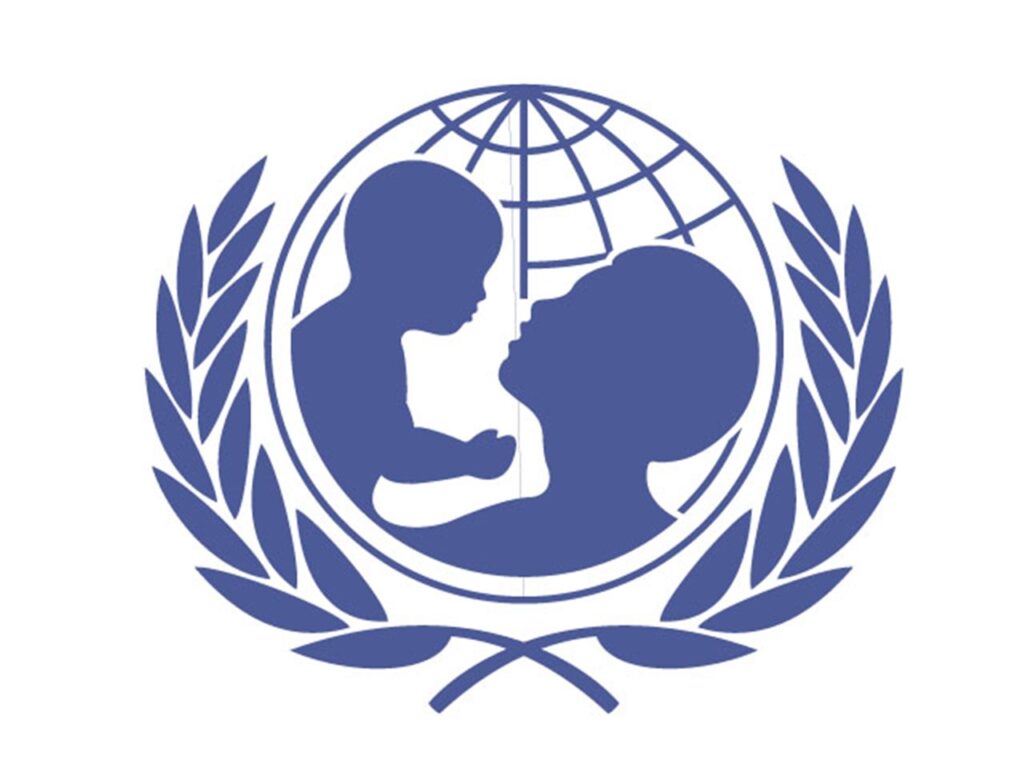One in every six children is forced to survive on less than $2.15 a day, according to a new report from the UN Children’s Fund (UNICEF) and the World Bank released on September 13.
The findings show that 333 million children worldwide are living in extreme poverty—a decrease of almost 50 million over the course of the past decade.
However, the report’s authors say that millions more should have been lifted out of extreme poverty had it not been for three years of COVID-19-related disruptions.
‘Stalled progress’
UNICEF Executive Director Catherine Russell said that the effects of the pandemic as well as conflict, climate change and economic shocks, have “stalled progress” on ending child poverty.
She called for redoubled efforts to ensure that all children have access to essential services, including education, nutrition, health care and social protection, while addressing the root causes of extreme poverty.

“We cannot fail these children now,” she said.
Sub-Saharan Africa most affected
The report shows that globally, children comprise more than 50 percent of the extreme poor, despite making up only a third of the world’s population.
Nearly 90 percent of children caught in extreme poverty reside in either sub-Saharan Africa or South Asia. Sub-Saharan Africa has both the highest rate, at 40 percent in 2022, and the largest share of the world’s extreme poor children, over 71 percent—a significant jump from just under 55 per cent 10 years ago.
Authors say that rapid population growth and “limited” social protection measures have contributed to this steep increase. Meanwhile, all other regions in the world except the Middle East and North Africa have seen a “steady decline” in extreme poverty rates.
Impact of conflict, lack of education
Children living in rural settings and those living in households where the head has little or no education are “significantly more affected” by extreme poverty, the report says.
An estimated one in three children in countries affected by conflict live in extremely poor households, compared to one in 10 in “non-fragile states.”
Falling behind
The report warns that, at current rates of reduction, the Sustainable Development Goal (SDGs) of ending extreme child poverty by 2030, or SDG 1, will not be met.
At the Human Rights Council earlier this week, UN rights chief Volker Türk called the world’s insufficient progress towards this goal a “terrible collective human rights failure”.
The issue will be high on the agenda of the High-level Week of the UN General Assembly (September 18 – 22), when global leaders will discuss the road towards the SDGs at the halfway point.
Kicking off the High-level week, an SDG Summit will aim to accelerate action for the 17 Goals and is expected to adopt a political declaration. (UN News)













